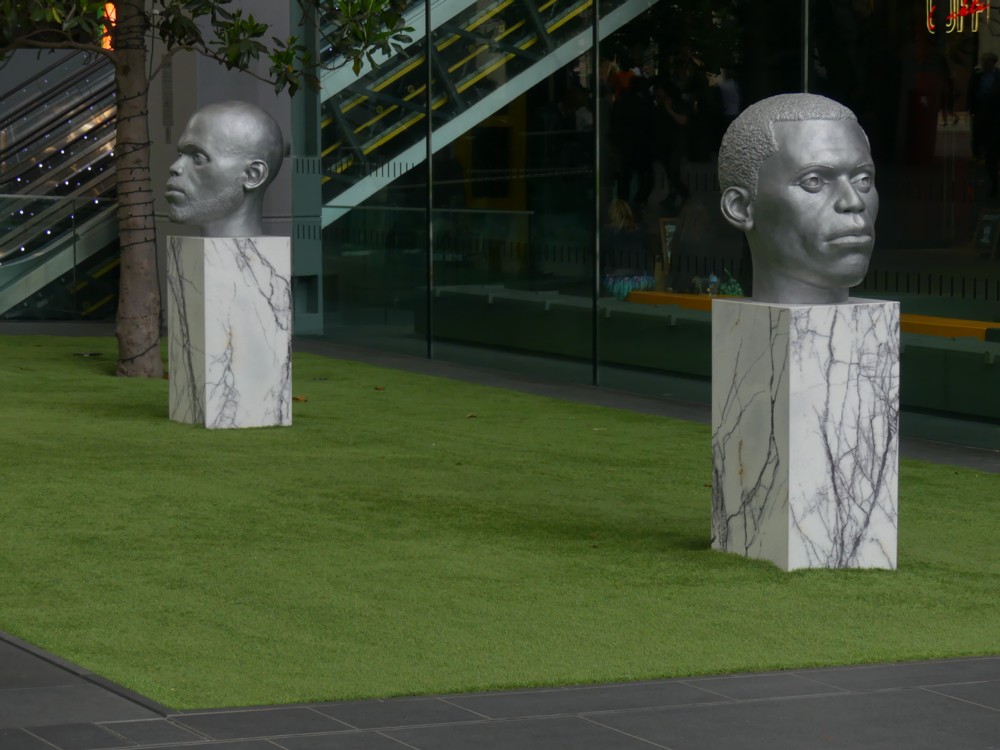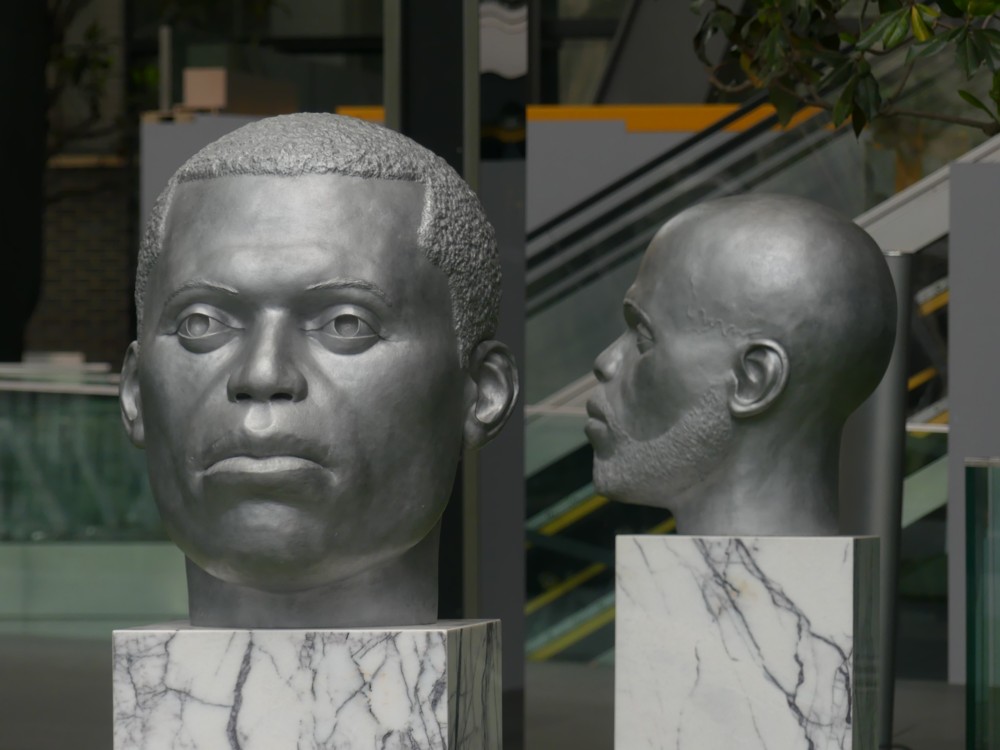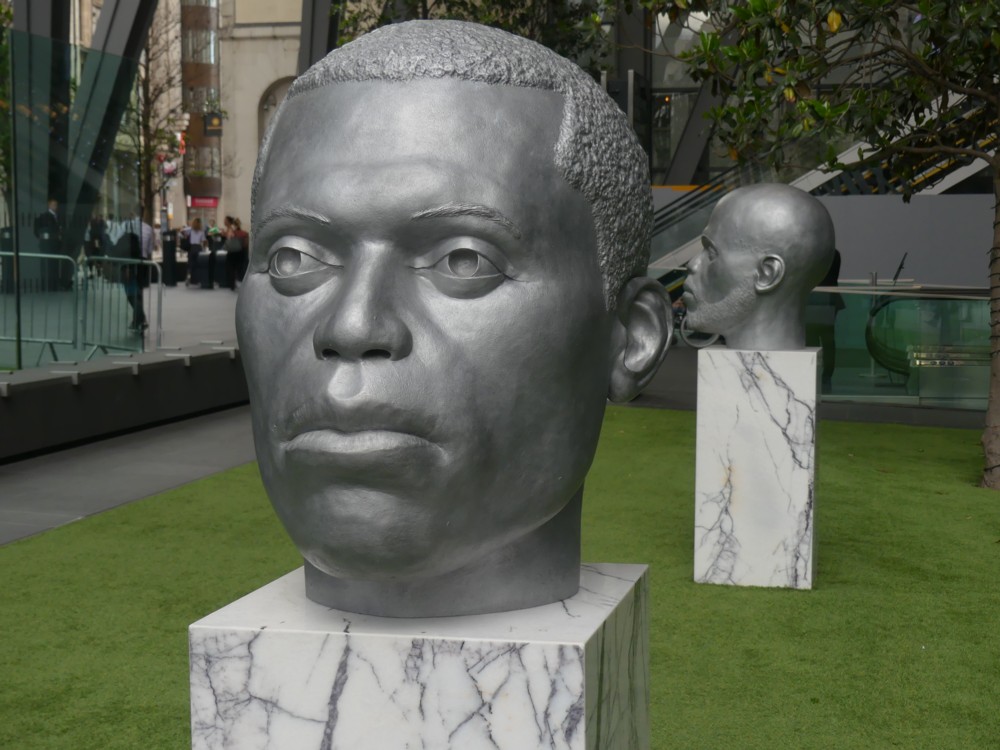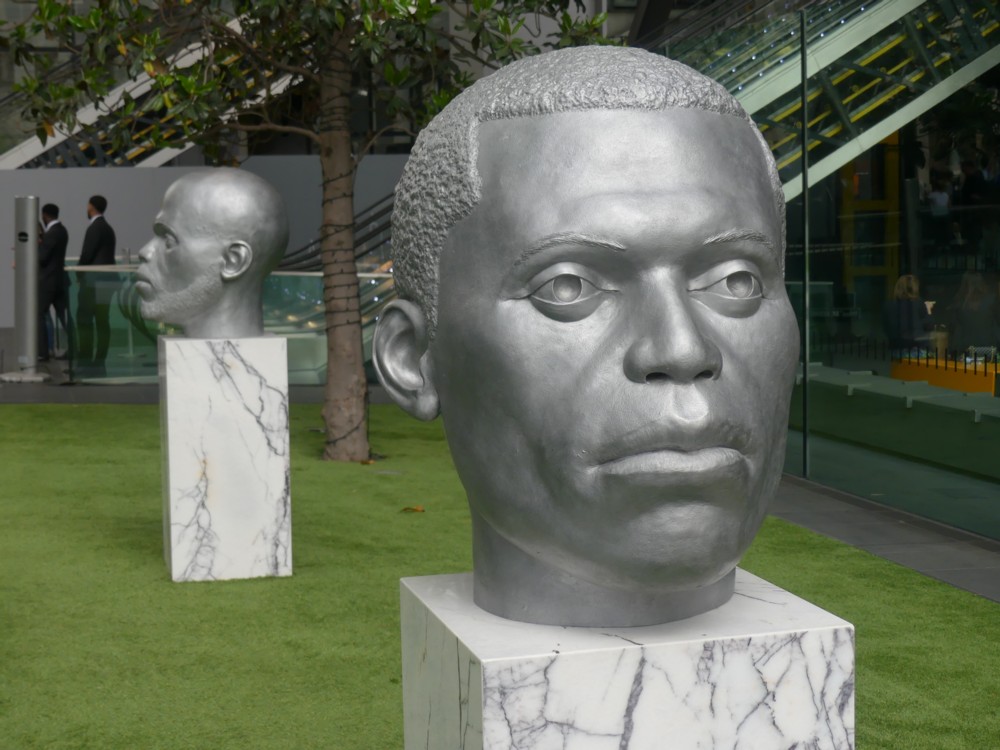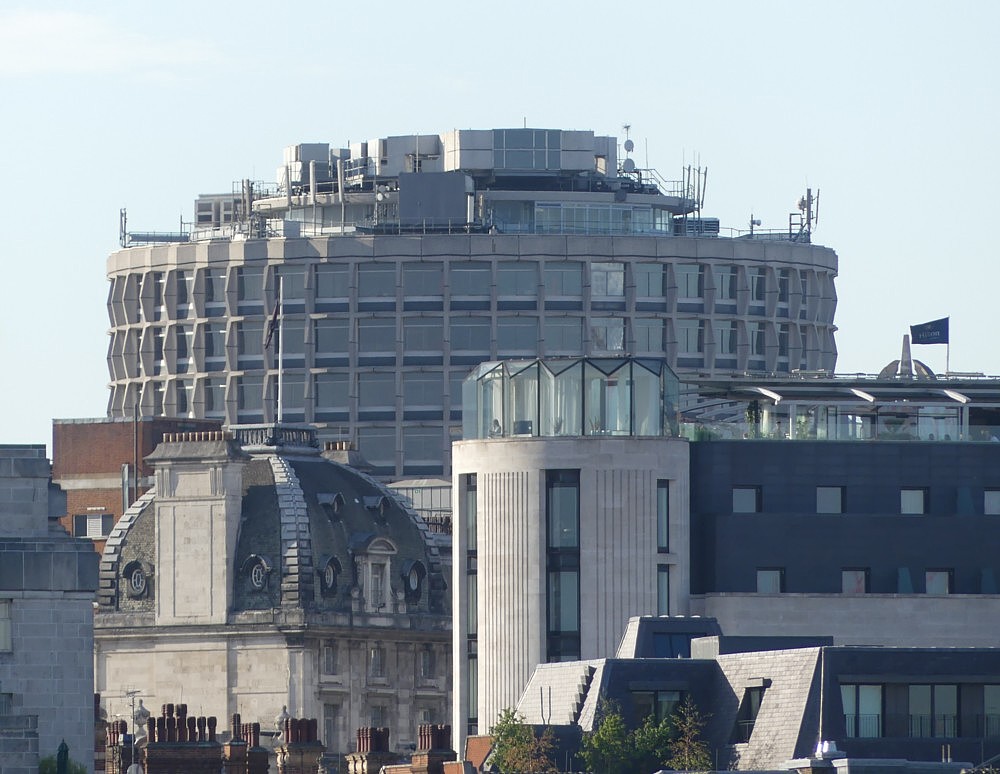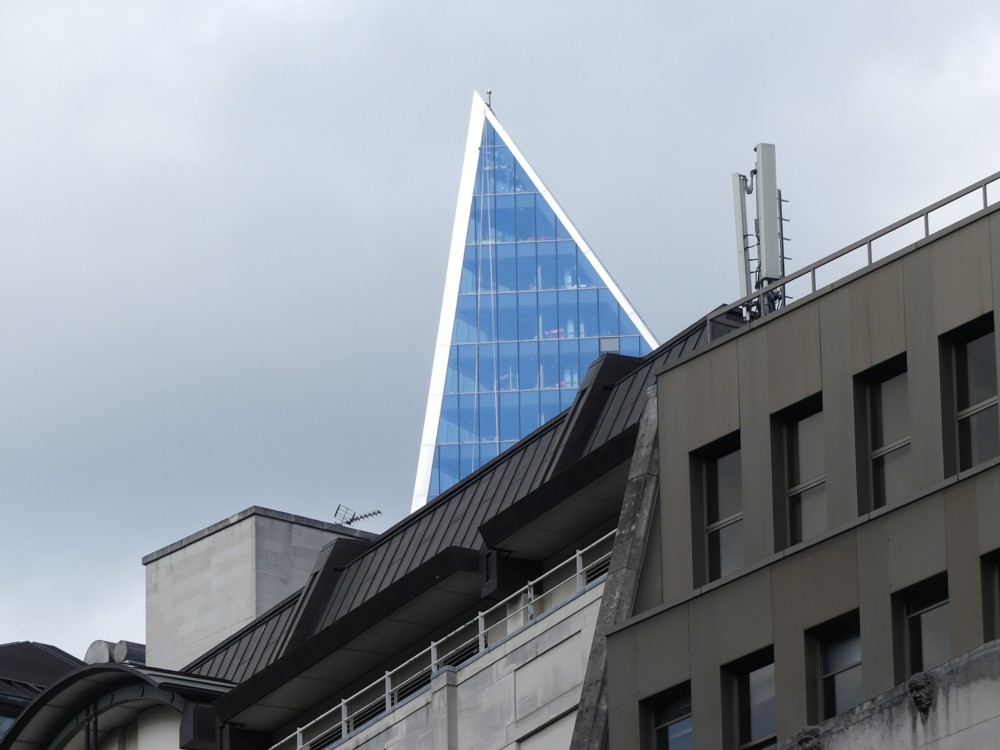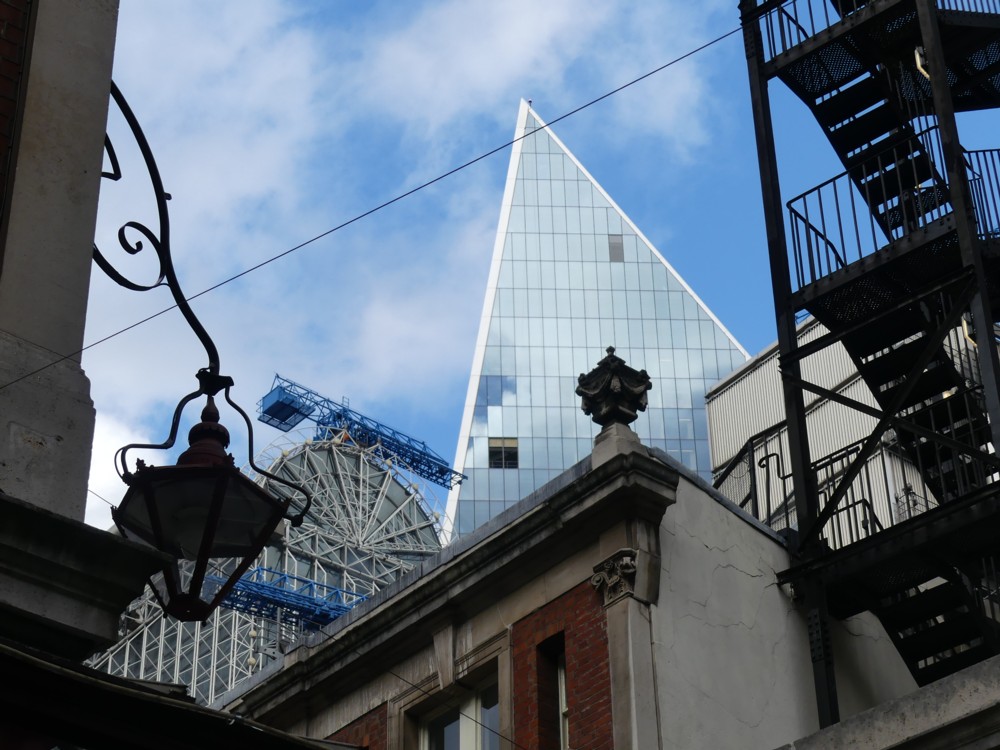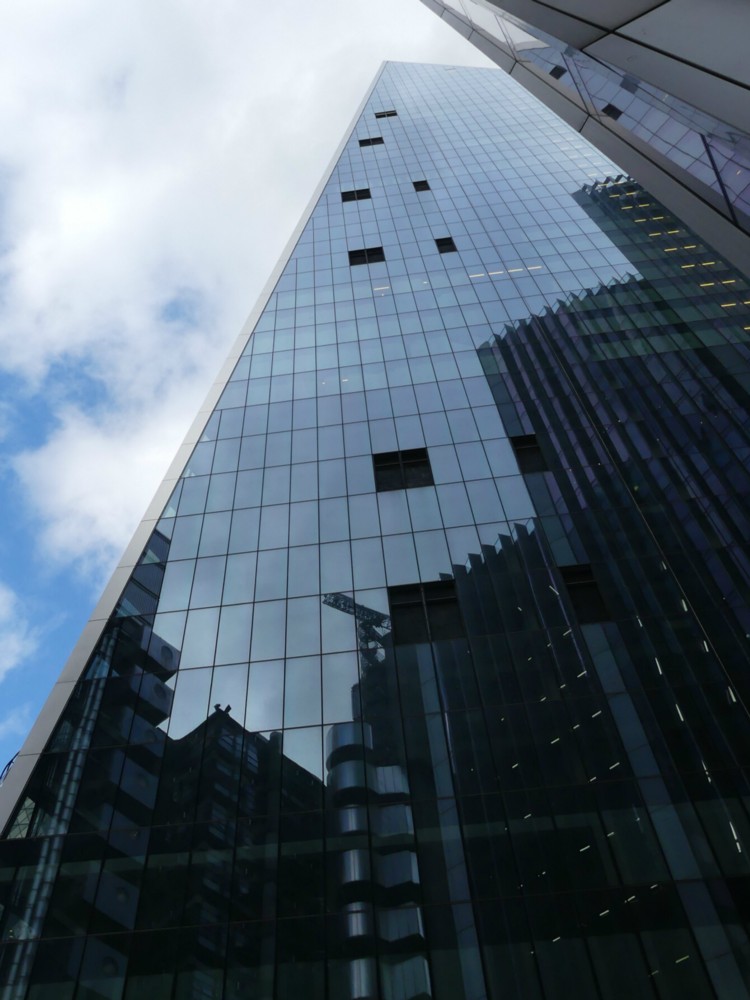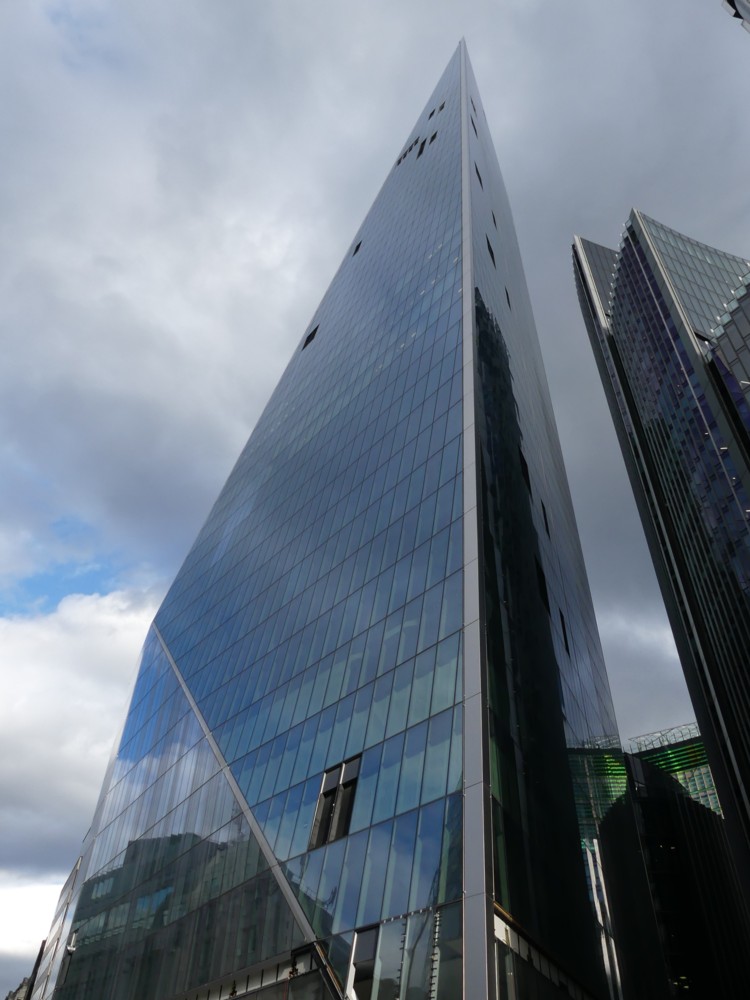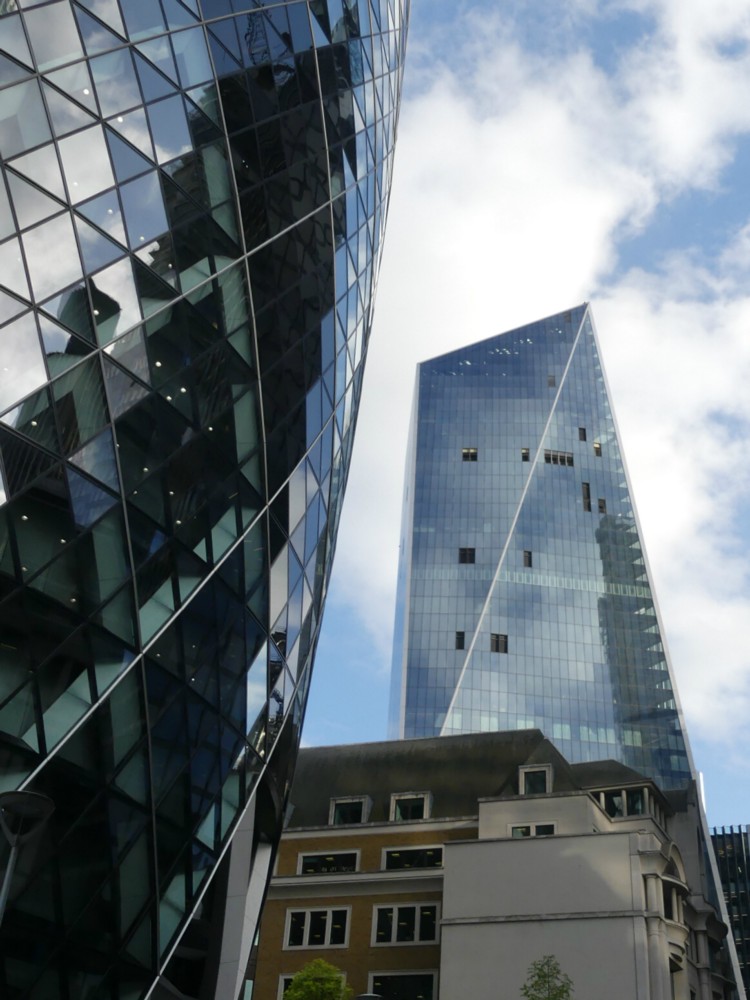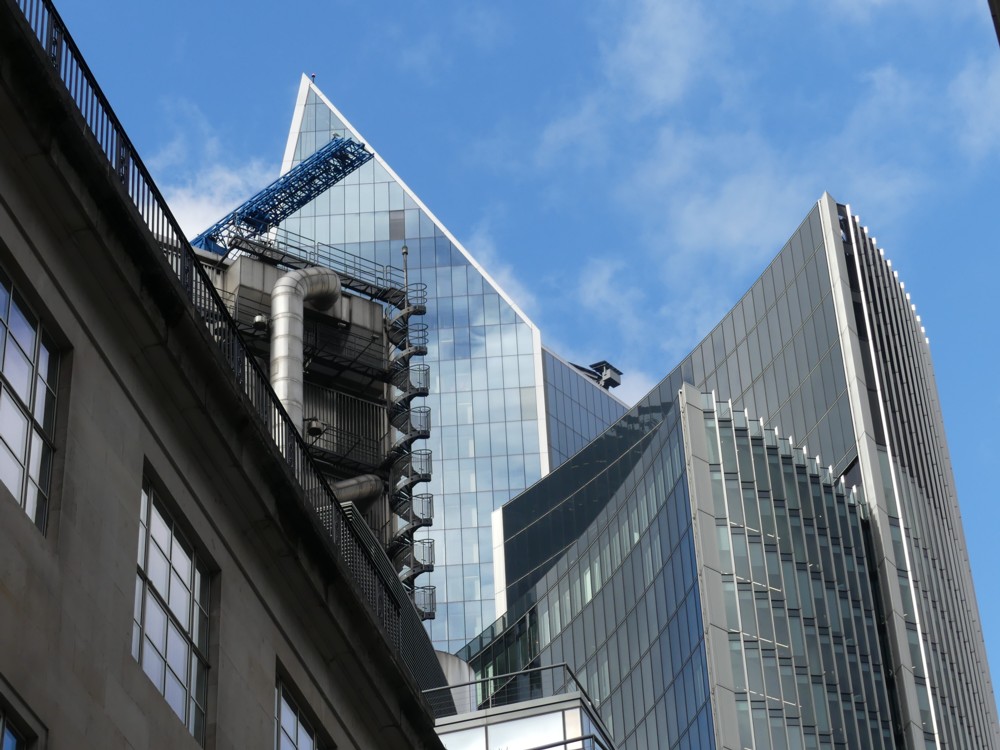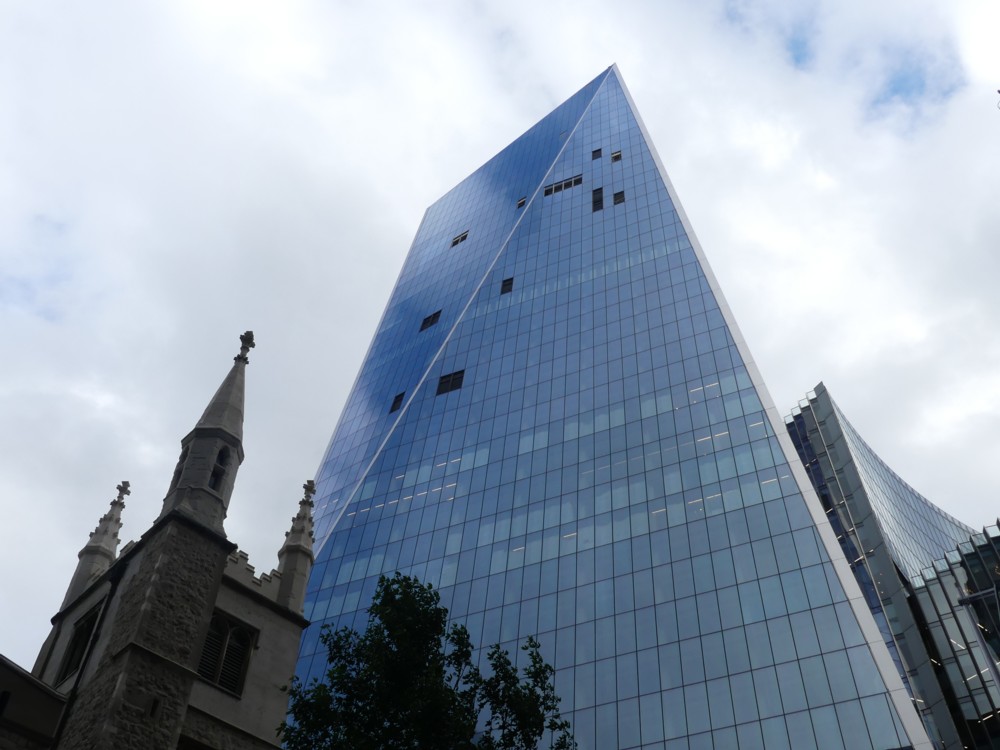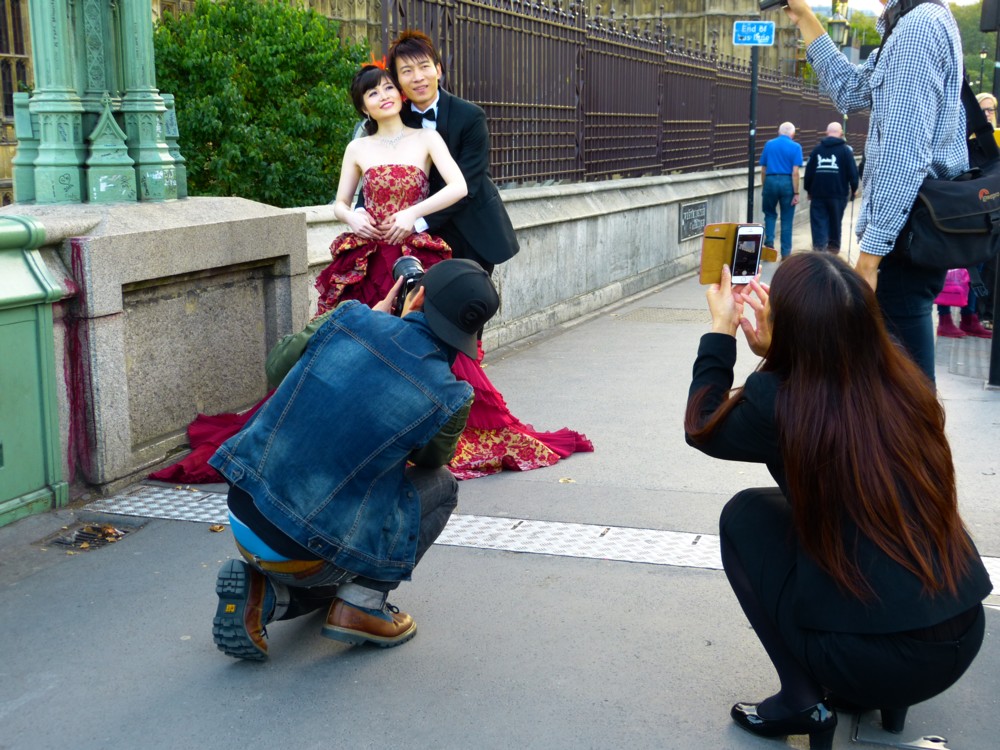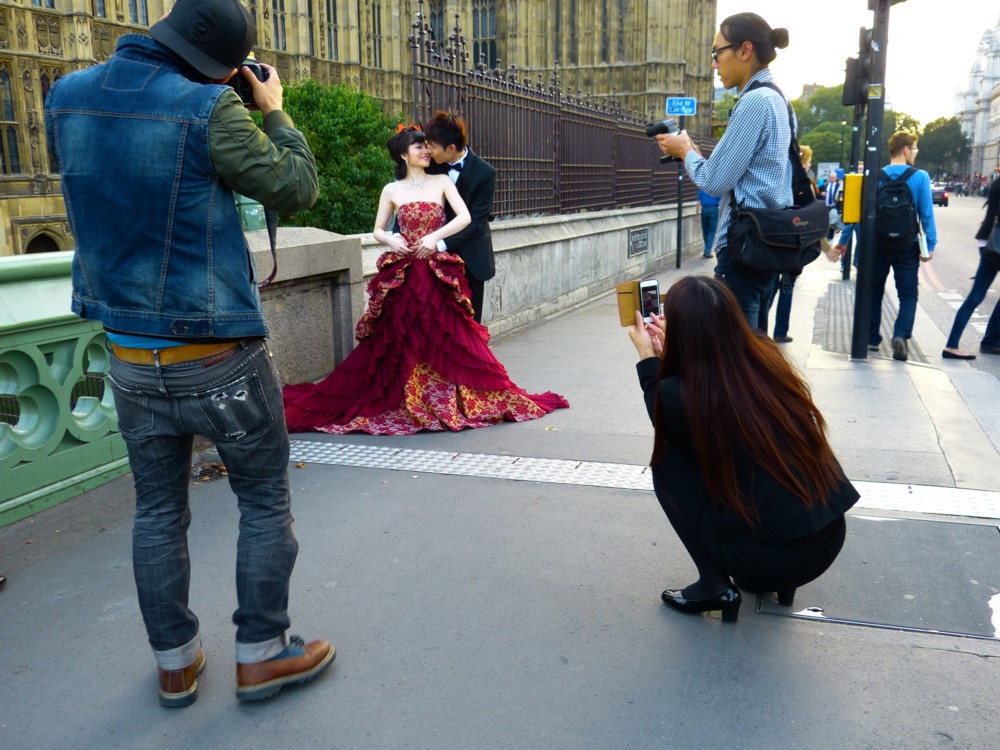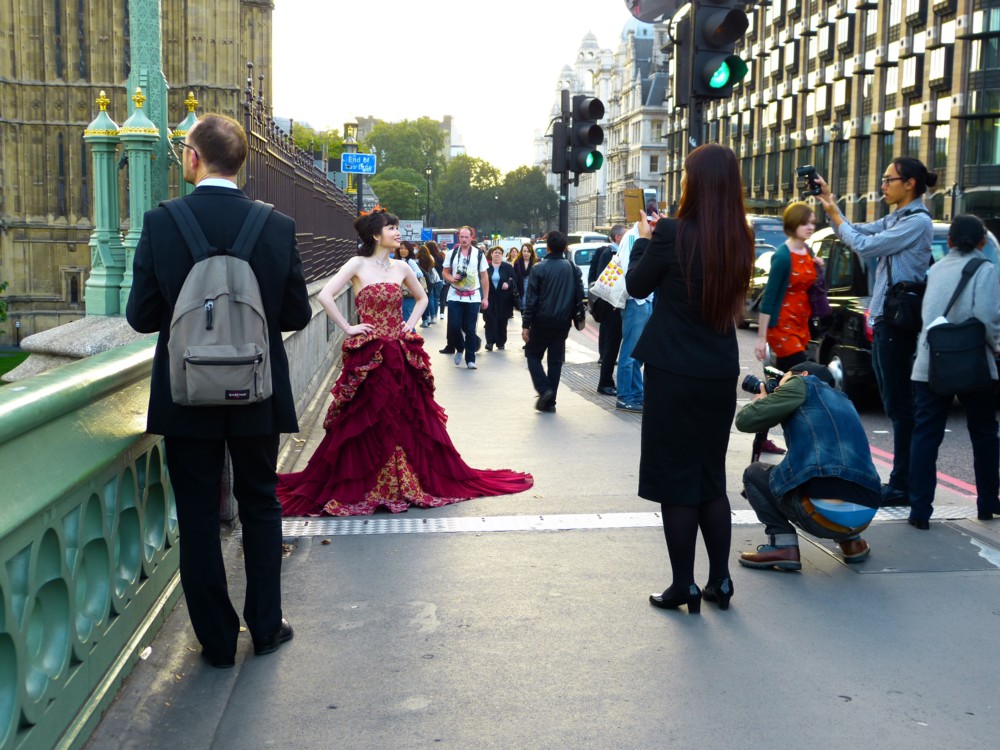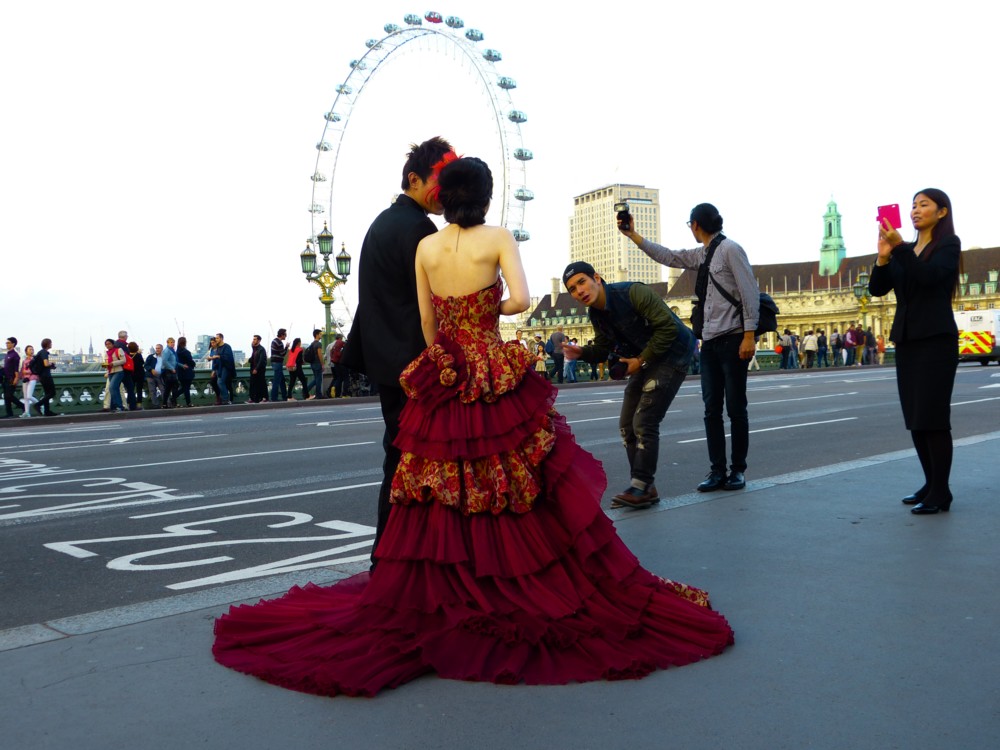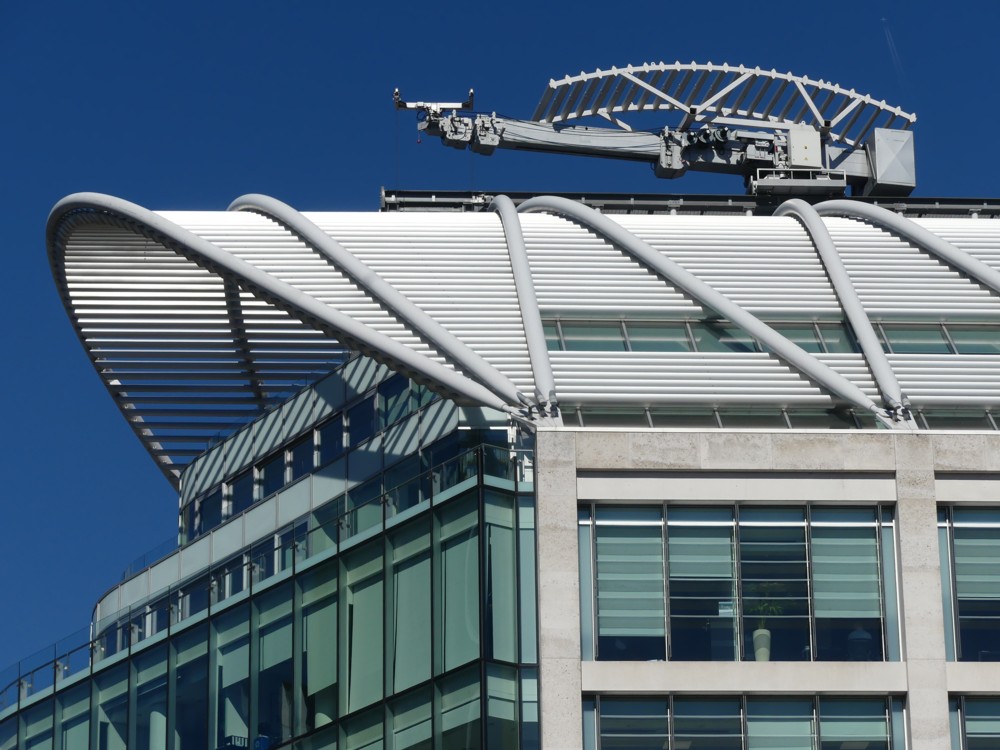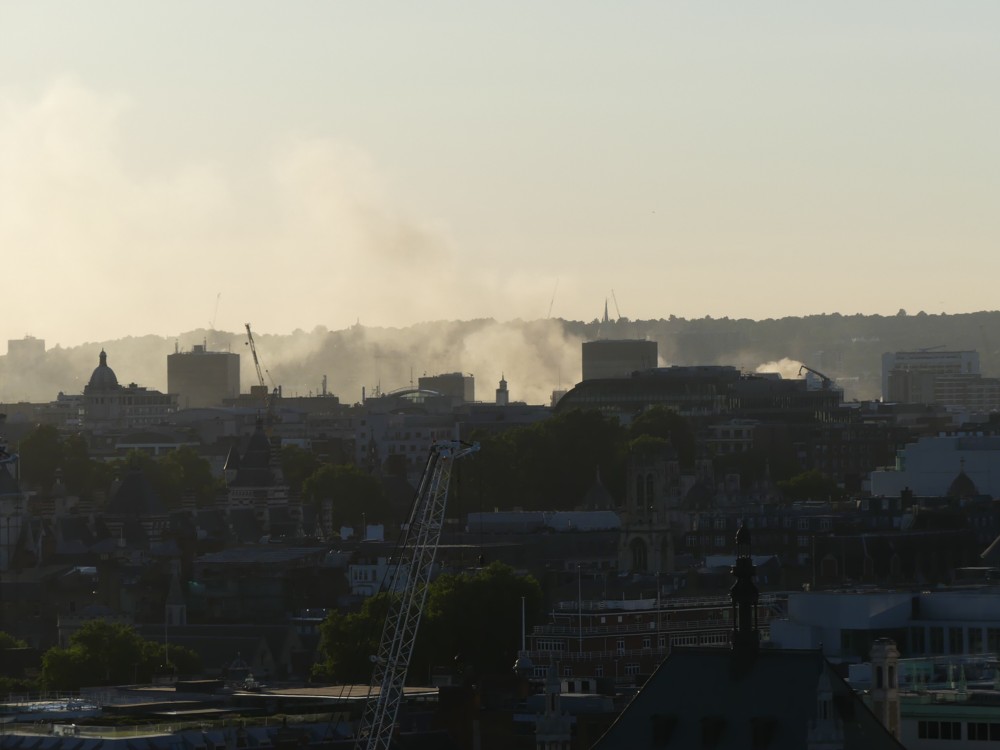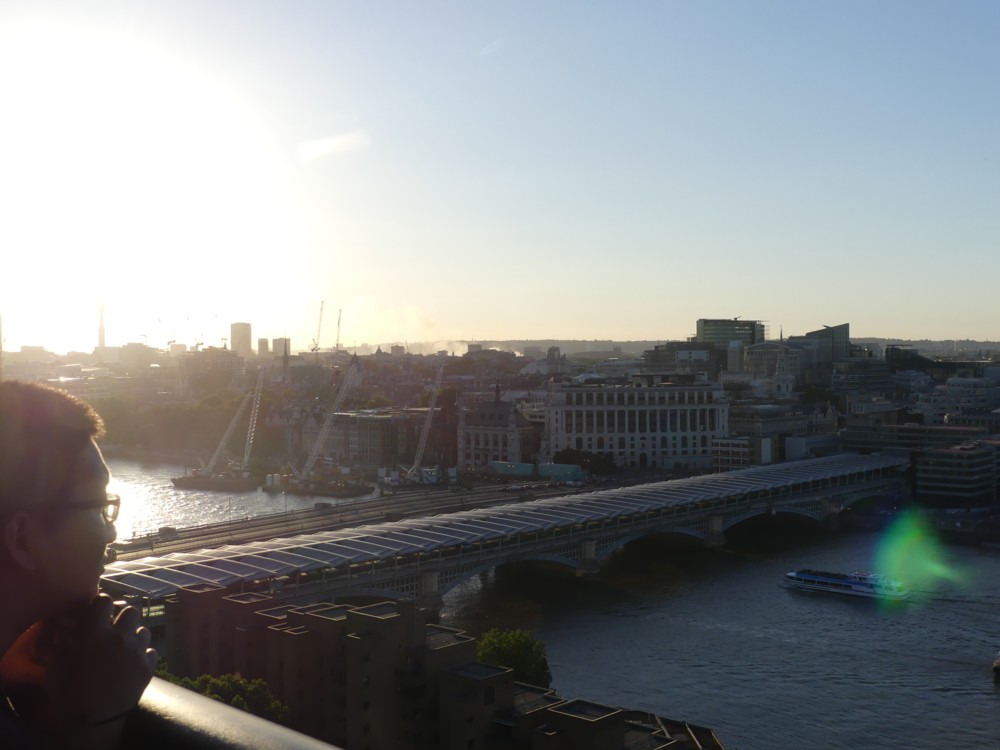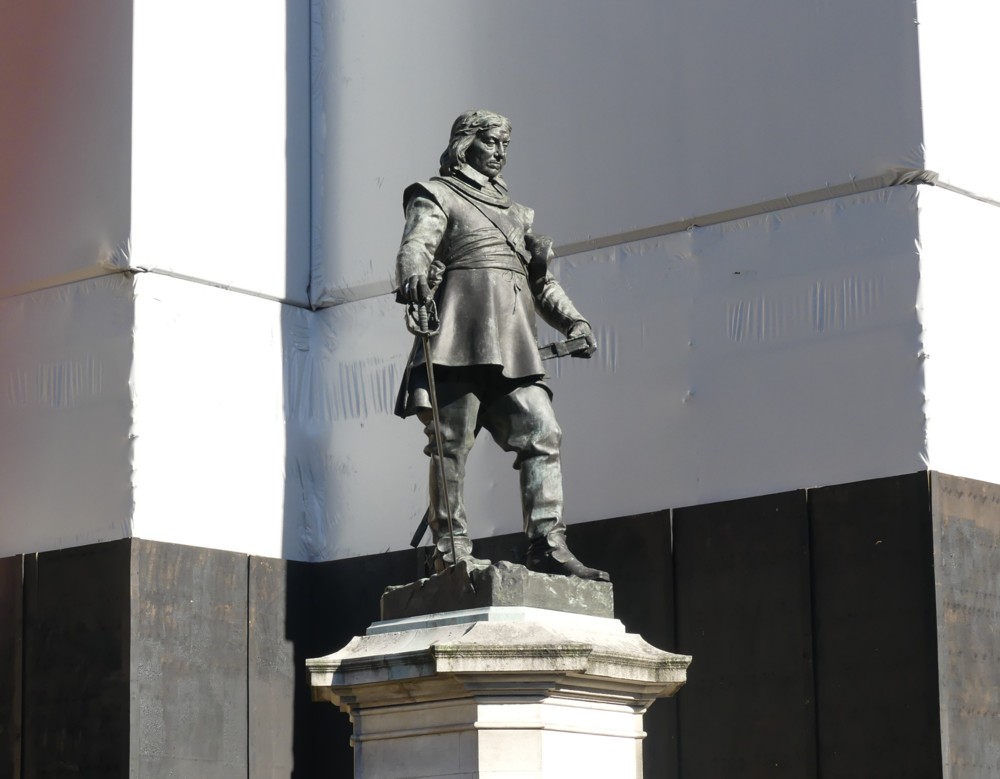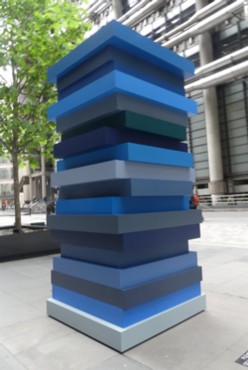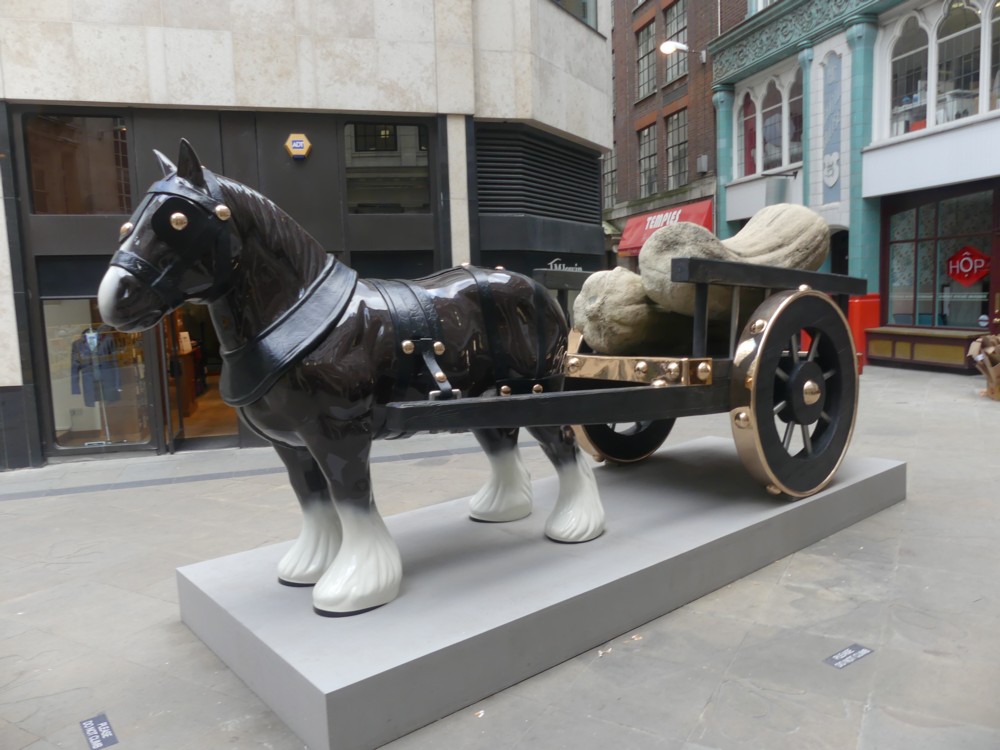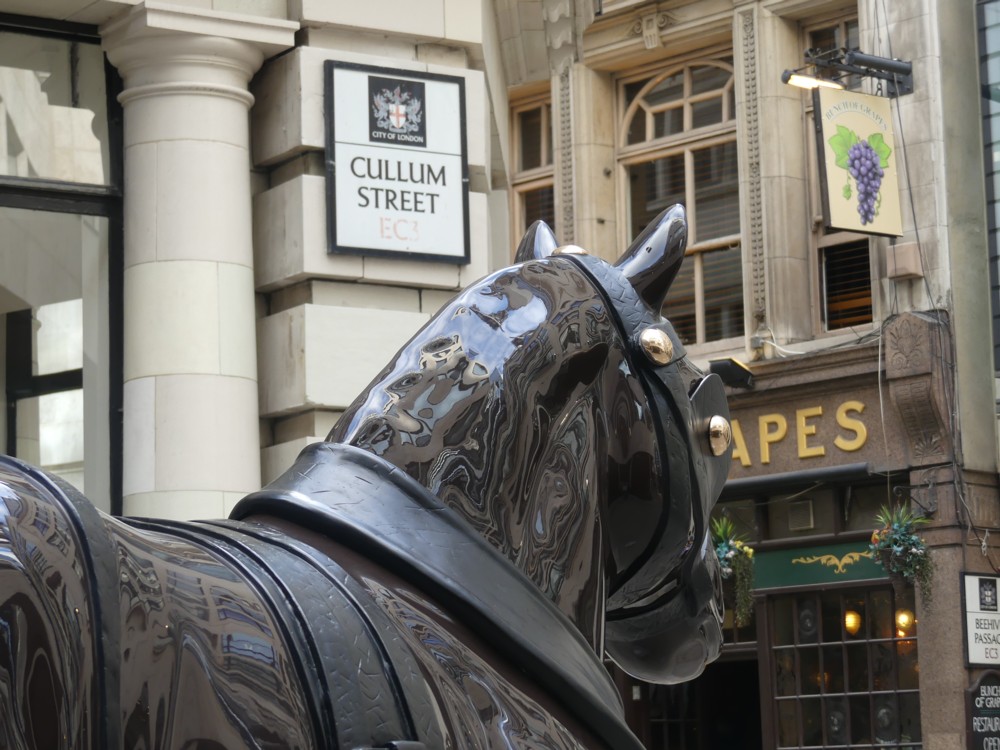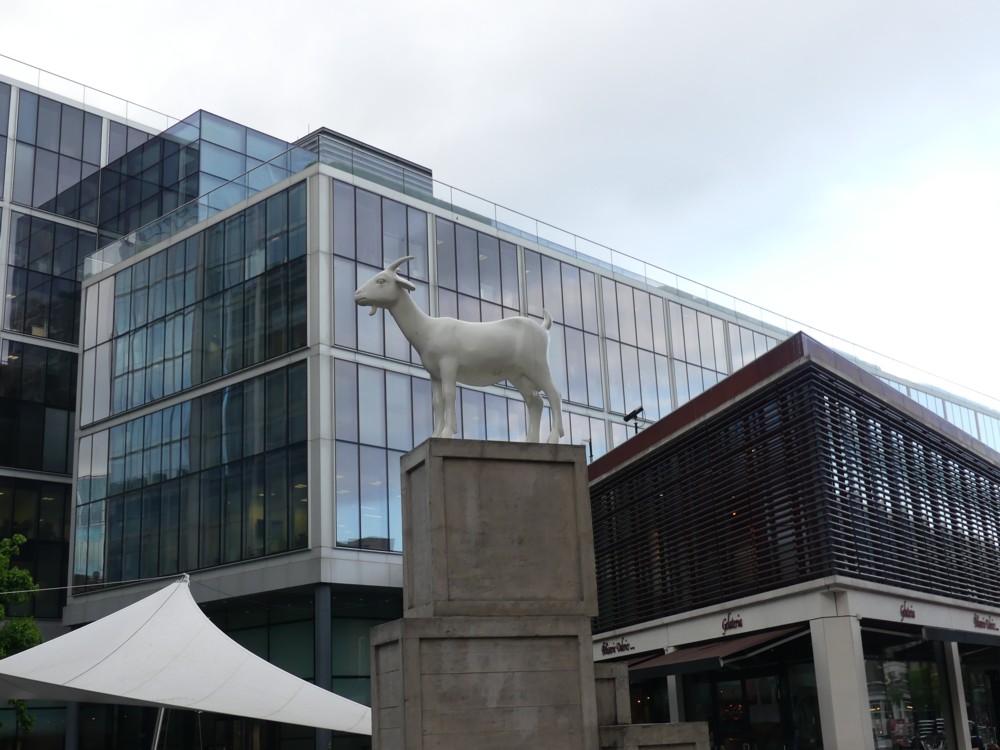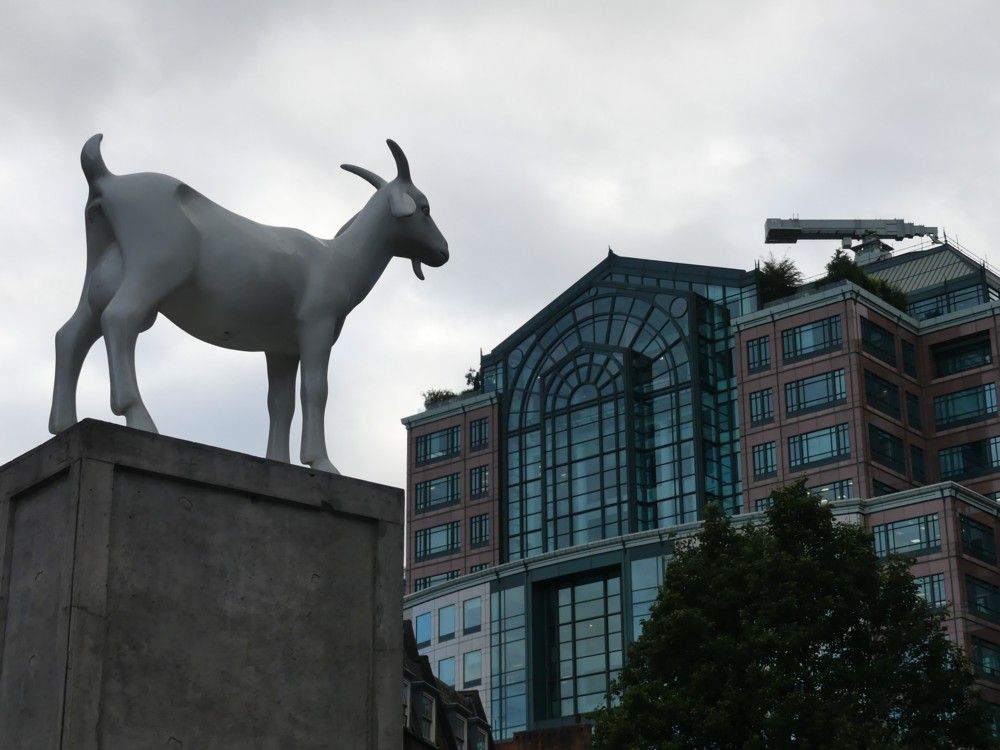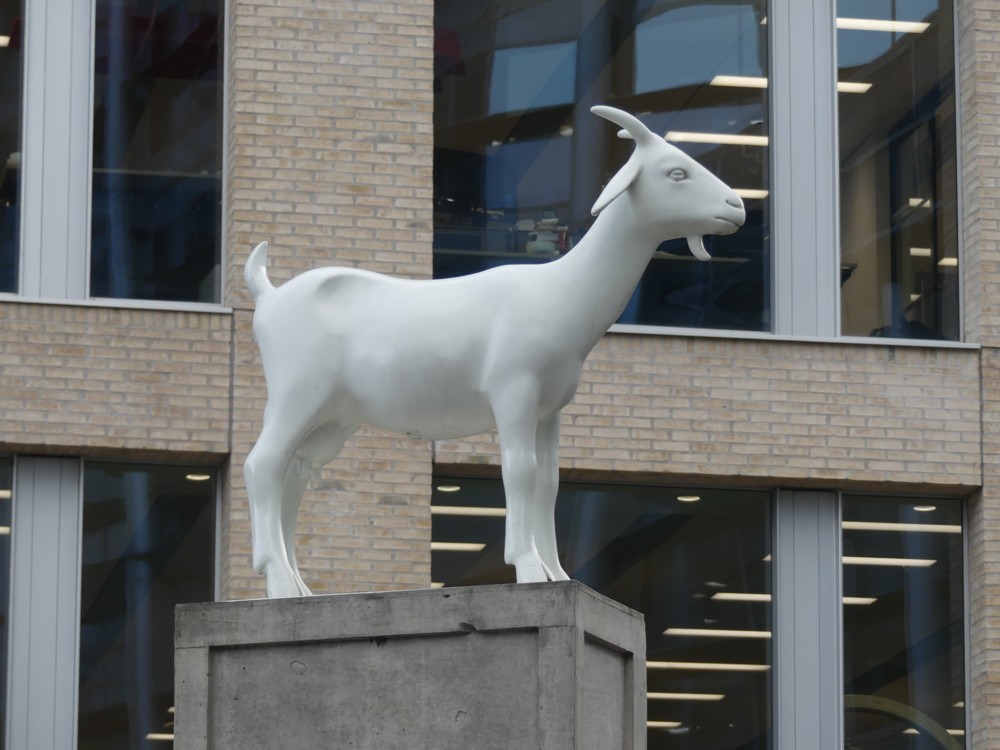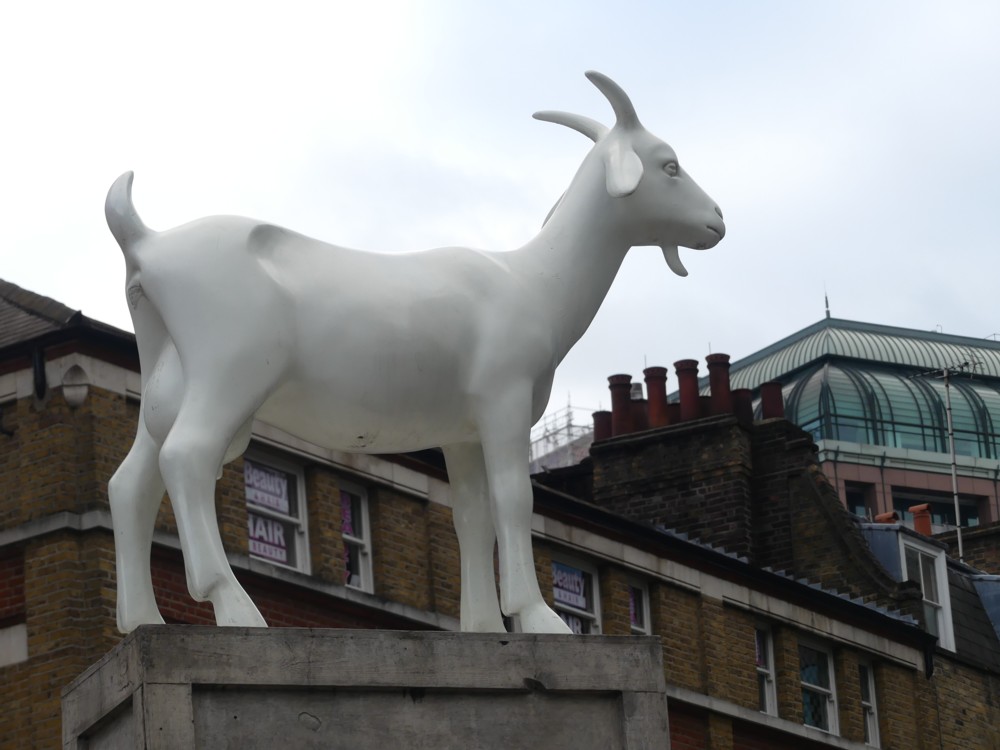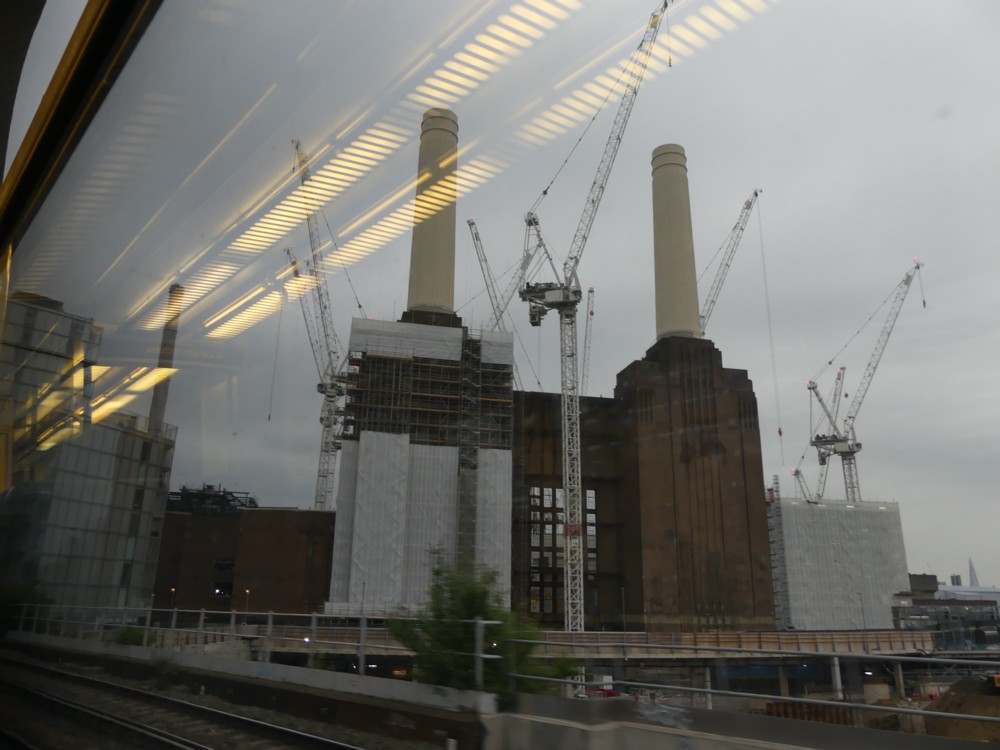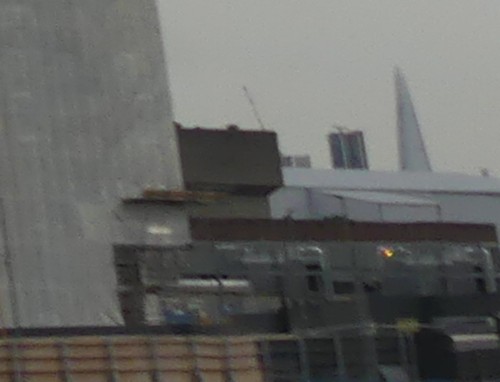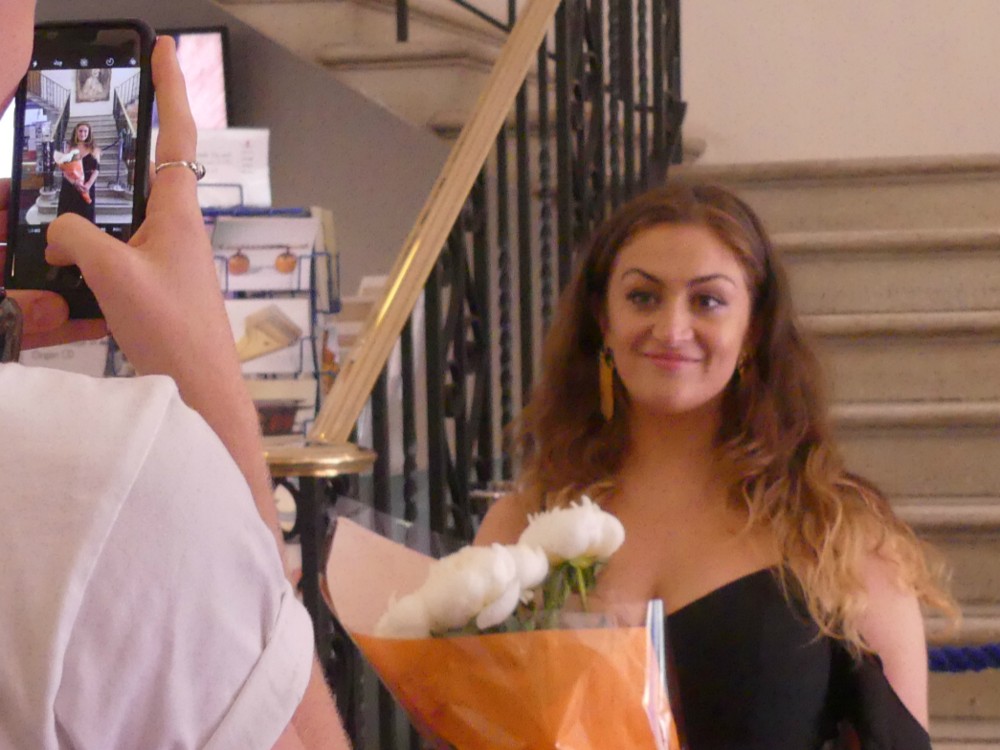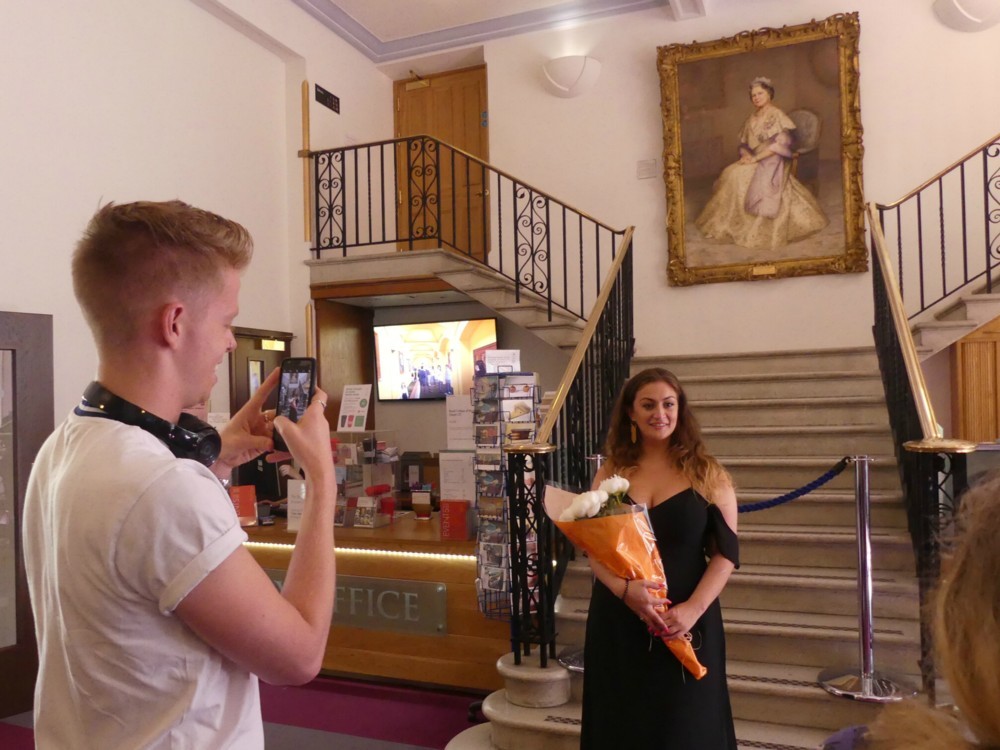On Saturday June 9th, I journeyed to Blackheath’s All Saints’ Church to hear GodDaughter 2 and three of her Royal College of Music comrades in song take it in turns each to sing a few of the songs they had already done or were about to do in their graduation recitals. It was a fine event for all present, but for me it was particularly special, because, simply, I thought that GD2 sang so very well. There was a security, strength and beauty to her voice that I’d never heard before, and she sold her songs, every nuance of which she clearly understood perfectly, with just the right amount of facial and bodily gesture, enough to really help, but never to distract from her now amazing voice.
GD2’s graduation recital was still to come, and in the next few days I asked myself if she really had been as good as I thought she had, and whether, if she had been, she’d reproduce this recently achieved level of excellence when there was so much more at stake.
It was this graduation recital that got me, last Thursday afternoon, photoing the statue of Prince Albert outside the Albert Hall (sadly it is easier to scroll down than follow that link). In that posting, I mentioned, in passing, that I thought GD2’s recital had been very good. Perhaps you thought that this was mere routine politeness on my part. No. It really was very good, indeed.
The recital happened in a rather large hall, way too large for the number of friends and family present. In the middle, at the back, right in GD2’s eyeline, four RCM judges sat at desks in a silent row, giving her marks out of a hundred and writing comments that would decide her future. At first, GD2 seemed understandably rather nervous. But once she got into it, it was like Blackheath all over again, and if anything even better. This was a far bigger venue to fill than that church, but she did this in a way that suggested she’d do the same in a place three or four times bigger.
Most of GD2’s recent performances that I’ve seen and heard have been in opera scenes, where she was mostly just singing along with others. Which was fine, but it was hard to judge what personal progress she had been making.
It’s no good asking any of GD2’s fellow students what they think of her singing. They’re great kids, but all part of what is so great about them is that they never share any doubts they may have about each other’s performing progress or prowess with a mere civilian such as I. Which means that if they now think that GD2 is as good as I do, they have no way of telling me so that is fully convincing. My only way of knowing if GD2 is as good as she has suddenly started sounding and looking to me is simply to listen very carefully, e.g. while shutting my eyes, and then to go with what I think I heard. And what I think I heard, and saw, especially last Thursday, was the sort of singing that would have sounded absolutely fine if I and five hundred and fifty others had paid to listen to it in a packed Wigmore Hall.
I have always liked and admired GD2. And ever since she got into the RCM I have admired her even more. Clearly there were classical singing experts who thought highly of her prospects, and that was hugely impressive. But it was only at that Blackheath church, and then again last Thursday, that I was able to hear it and see it, fully, for myself.
Here are a couple of photos I took of GD2 last Thursday, in the RCM foyer, after her recital:
As you can see, I wasn’t the only one photoing her.
There’s still a long way to go before GD2’s name is in lights and on the covers of CDs, and any number of knowns or unknowns could still stop all that. What she is doing is like running in a marathon. It’s still quite early in the race and the leading bunch in this marathon is still pretty big. But, the point is: GD2 is still in that leading bunch. She’s still a contender.
It helps that her voice, mezzo-soprano, is quite rare. Regular sopranos, along with bass-baritones, are fairly common. Mezzos and tenors, not so much, not good ones.

